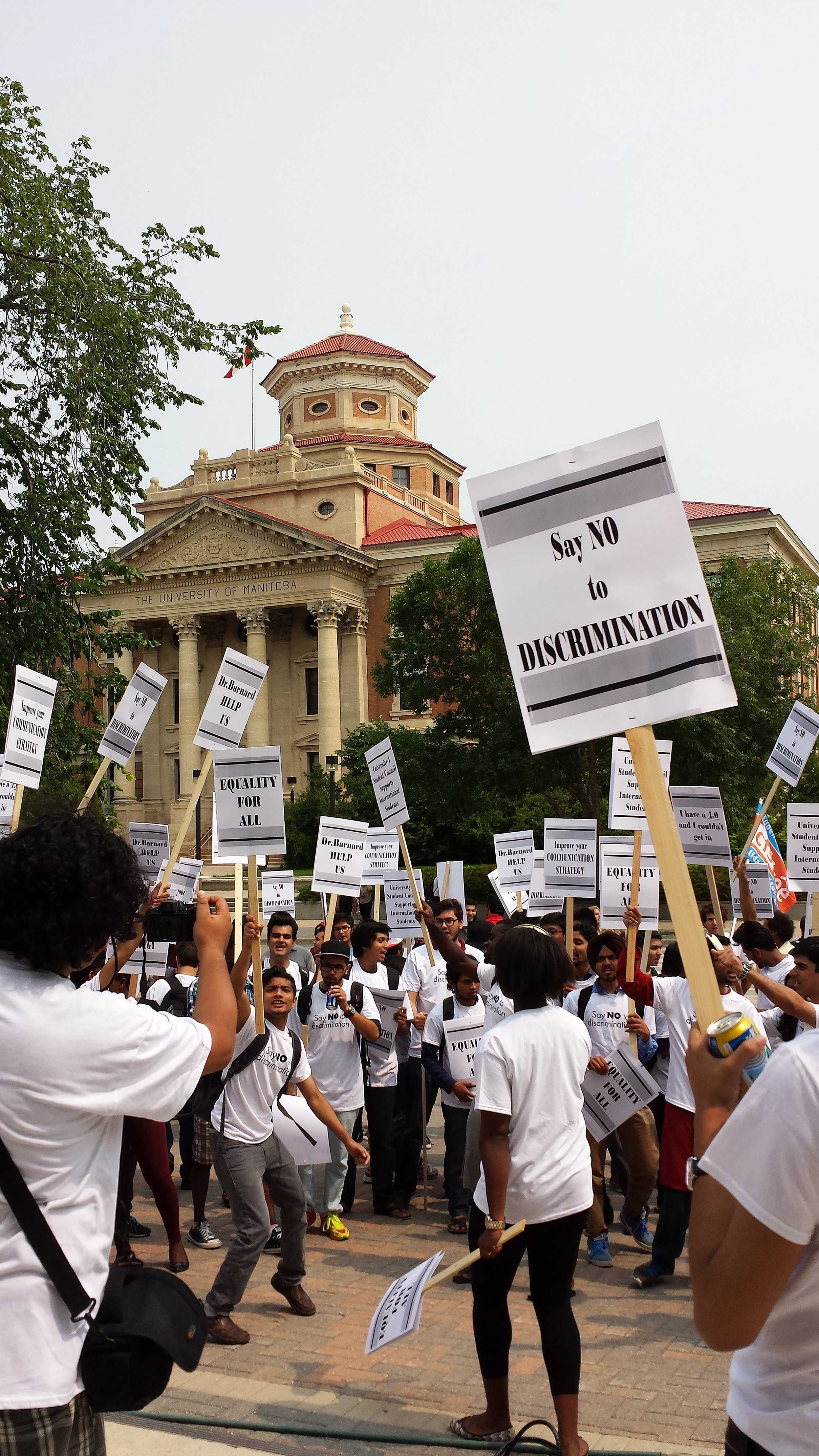Last week the Canadian Federation of Students (CFS) undertook a series of actions on the U of M campus to launch a new campaign aimed at eliminating interest on student loans.
The CFS took over the Fireside Lounge for three days last week, engaging and raising awareness about the rising debt loads of students in Manitoba.
Bilan Arte, president of the Manitoba chapter of the CFS, sat down with the Manitoban to talk about the initiative.
“Students have identified the exact same issue over and over again; we need to address the fact that for those domestic students that have provincial student loans, the average [loan] balance is close to $25,000 per student,” she said. Students in the province are increasingly taking on debt as tuition levels have risen.
Brendan Hughes, executive director of career services at the university, has seen the effects of rising tuition fees.
“When students contact us, they’re usually worried about affordability. They’re trying to find a job to pay for tuition, whether it’s a job while you’re a student or after you graduate, and typically it does come up as that anxiety. I think we’re entering a generation of debt.”
Arte pointed out that the current loan system makes those who are less able to pay for education pay more when interest on loans come due.
“When students are paying back interest on top of their loan, students usually end up paying 20 per cent more than a student who was able to pay up front. We are calling on government, as part of the Manitoba 2014 budget, to eliminate interest rates on provincial student loans.”
The provincial budget will be released in the near future, and Arte hopes the campaign will put pressure on the government to increase support for post-secondary education.
The province is in a financially restrained position and has been in a deficit situation for several years, previously promising to balance the budget by 2016.
Manitoba is facing a dire long-term fiscal situation as rising health-care costs are projected to eat up an increasingly large part of the provincial budget, possibly squeezing out funding for other priorities such as education.






